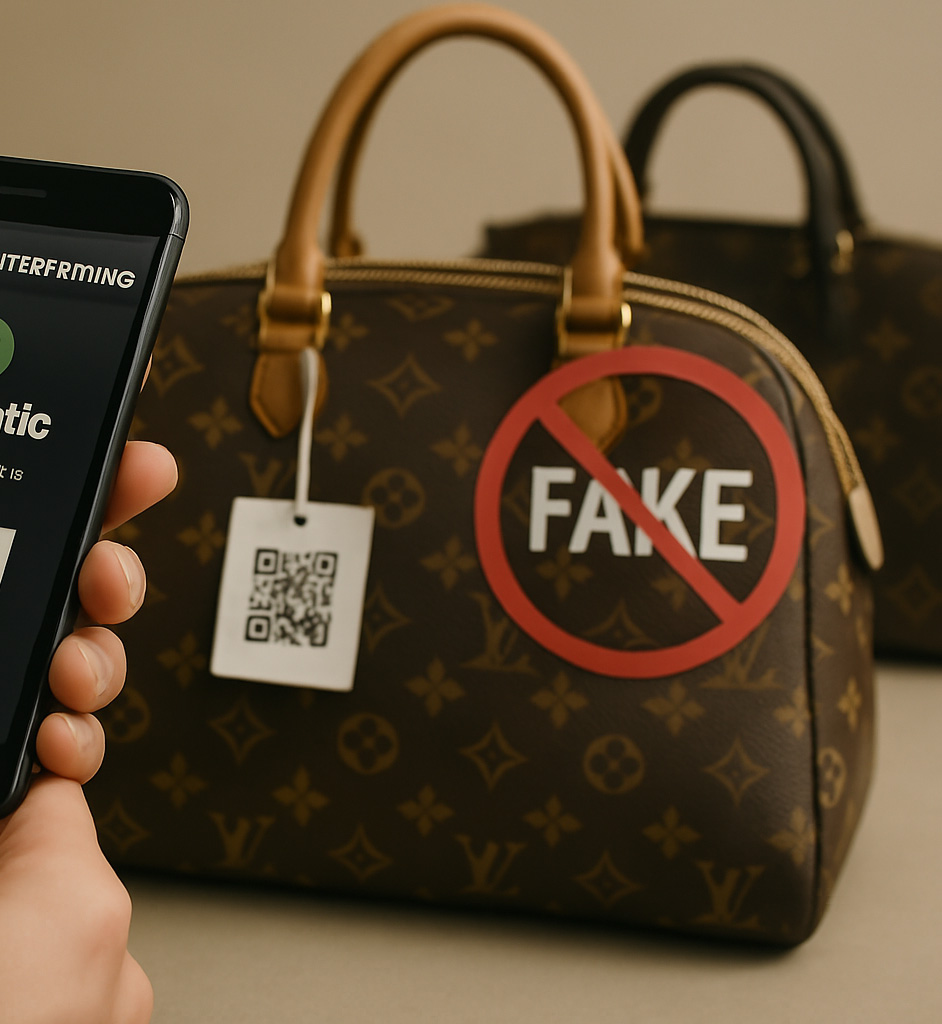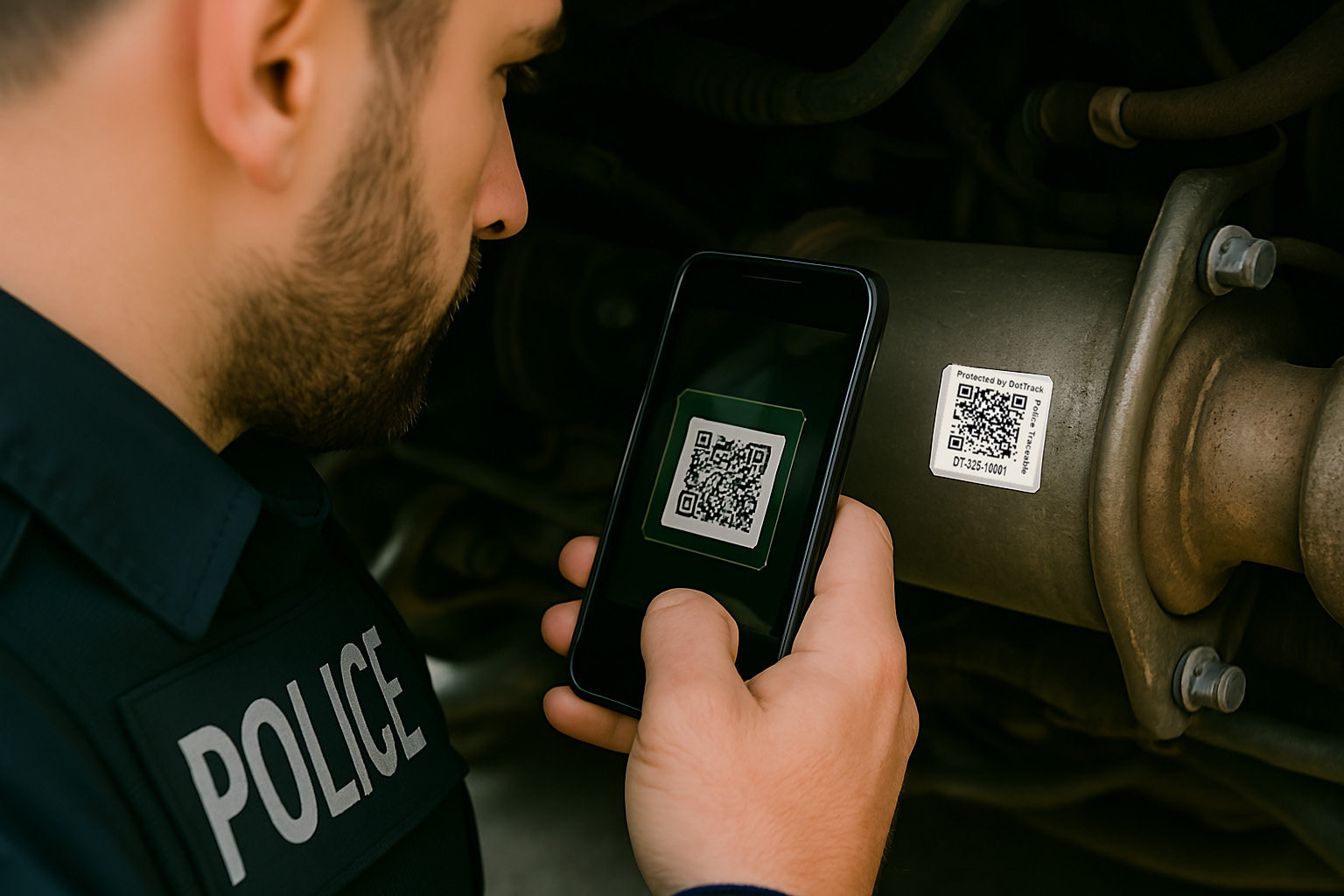
Counterfeiting spans a wide spectrum, each type posing unique threats and carrying distinct financial ramifications. Here are the primary types:
often regarded as the oldest form, involves the production of fake banknotes and coins. Though relatively stable in growth compared to other categories, it continues to undermine confidence in national financial systems and causes direct losses to retailers and businesses.
This category includes counterfeit luxury goods, electronics, fashion, and branded accessories. It is one of the fastest-growing forms of counterfeiting, accounting for over $500 billion in lost revenue annually. The rise of online marketplaces and international shipping has exacerbated this issue, allowing fakes to flood global markets with minimal oversight.
Forged documents—such as fake IDs, academic diplomas, certificates, and contracts—facilitate identity theft and fraud, causing both financial and legal complications. The advancement of digital editing tools and high-resolution printing has made these fakes increasingly difficult to detect.
This segment poses severe health risks alongside financial damage. Counterfeit drugs and consumer goods account for more than $200 billion in global losses and contribute to a public health crisis, especially in countries with weak regulatory oversight.
Digital piracy, fake social media accounts, and fraudulent NFTs have created a rapidly growing category of counterfeiting, with projections of up to $856 billion in losses. The anonymity and decentralization of digital platforms make bad actors difficult to trace and prosecute.
Fake automotive parts, electronics, and building materials infiltrate manufacturing supply chains and expose consumers to safety hazards. These counterfeits lead to costly recalls, warranty disputes, and legal liabilities. The impact is substantial: billions of dollars are lost annually due to compromised product integrity and logistics failures.

Steps to Combat
The battle against counterfeiting is marred by jurisdictional inconsistencies, lack of consumer awareness, brand hesitation to publicize incidents, and the growing technical sophistication of counterfeiters. Organized crime syndicates often fund and benefit from these activities, transforming counterfeit operations into high-stakes global threats. Many enforcement agencies are under-resourced and rely on outdated methods, making prevention difficult without systemic innovation
Get startedOrdcan introduces a modular, scalable framework designed to combat counterfeiting across sectors. Its blockchain-backed traceability platform ensures secure serialization and authentication from manufacturing to end user. The use of advanced labels and tamper-evident QR codes provides robust protection against removal and duplication, ideal for automotive, pharmaceutical, and industrial applications. Coupled with national database registers for industries or specific customers, Ordcan helps brands reinforce authenticity and reclaim lost trust in the market.
Get startedOur system uses serialization, NFC tags, and national registration anchoring to ensure every product is uniquely identified and verifiable at every stage of the supply chain.
We serve medical, automotive, luxury, and SMB sectors, providing tailored anti-counterfeit and asset protection solutions for each industry’s unique needs.
End users can scan product labels to instantly access a secure blockchain passport, confirming authenticity and product history in real time.
Yes, our platform is optimized for mobile devices and uses advanced encryption to protect data, ensuring a seamless and secure user experience.